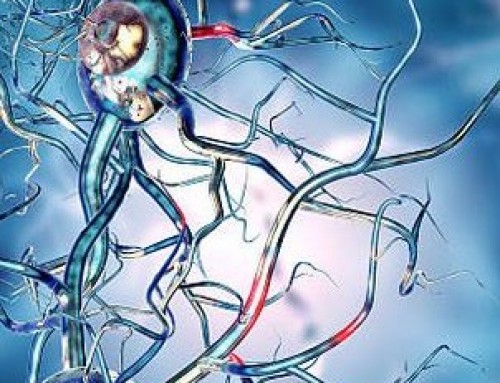New Research Shows Umbilical Cord Blood Transplants Provide Advantages for Leukemia Patients
 An effective donor treatment for leukemia was historically a bone marrow transplant. That process is fairly invasive and has been supplemented with stem cell transplants. Traditional transplants called for an identical match between donor and patient. An identical match is preferred; but is an unlikely scenario.
An effective donor treatment for leukemia was historically a bone marrow transplant. That process is fairly invasive and has been supplemented with stem cell transplants. Traditional transplants called for an identical match between donor and patient. An identical match is preferred; but is an unlikely scenario.
Treatment centers have gotten around the impractical need for an identical twin by targeting a match to specific genetic traits. This is one of the ways the Fred Hutchinson Cancer Research Center approaches the problem.
A second approach to leukemia treatment has come through the use of umbilical cord blood. The team at Fred Hutchinson has identified that using umbilical cord blood, and specifically the stem cells held within that blood advances the options available to patients with leukemia.
As a result of these observations, the research team published their research and findings in the New England Journal of Medicine.
Lower Risk of Relapse
A key observation included in the report shows patients receiving cord blood transplants had better outcomes against relapse.
“The study, led by researchers at Fred Hutchinson Cancer Research Center, found that in patients at high risk of relapse after transplant, cord blood transplant recipients seem to have better outcomes against leukemia and the related bone marrow disorder, myelodysplastic syndrome.”
Dr. Filippo Milano is the lead author of the research. He has explained that patients treated through chemotherapy will often retain a trace number of cancer cells in their body (referred to as minimal residual disease). While nearly undetectable, these cells still present the risk for future relapse.
Patients with minimal residual disease experience high mortality rates 3-years after treatment. According to the research, roughly 33% do not survive. This figure drops to a 25% mortality rate for patients that receive cord blood transplants as their treatment.
Finally, cord blood transplants have been viewed as an “alternative” form of treatment for leukemia. This study of nearly 600 patients shows cord blood transplants provide a better long term solution with reduced risk of patient relapse.
References:
- Jacques J. M. van Dongen, Vincent H. J. van der Velden, Monika Brüggemann, Alberto Orfao Minimal residual disease diagnostics in acute lymphoblastic leukemia: need for sensitive, fast, and standardized technologies. Blood 2015 125:3996-4009; doi:10.1182/blood-2015-03-580027
- Filippo Milano, Ted Gooley, Brent Wood, Ann Woolfrey, Mary E. Flowers, Kristine Doney, Robert Witherspoon, Marco Mielcarek, Joachim H. Deeg, Mohamed Sorror, Ann Dahlberg, Brenda M. Sandmaier, Rachel Salit, Effie Petersdorf, Frederick R. Appelbaum, Colleen Delaney. Cord-Blood Transplantation in Patients with Minimal Residual Disease. New England Journal of Medicine, 2016; 375 (10): 944 DOI: 10.1056/NEJMoa1602074





